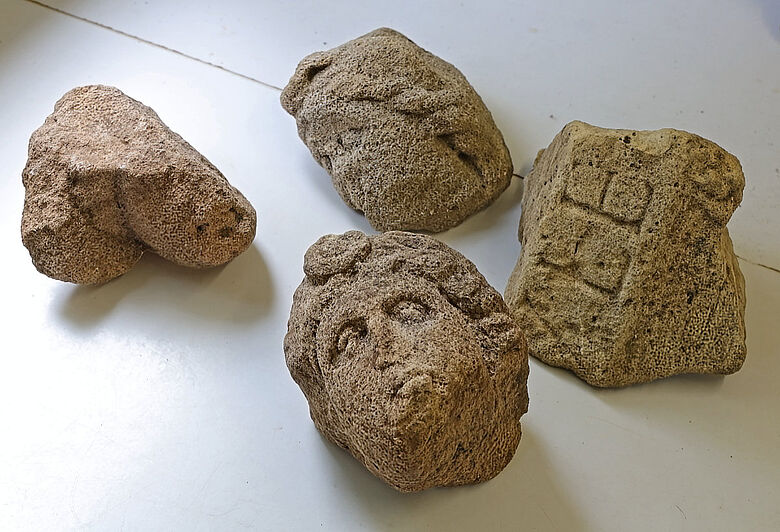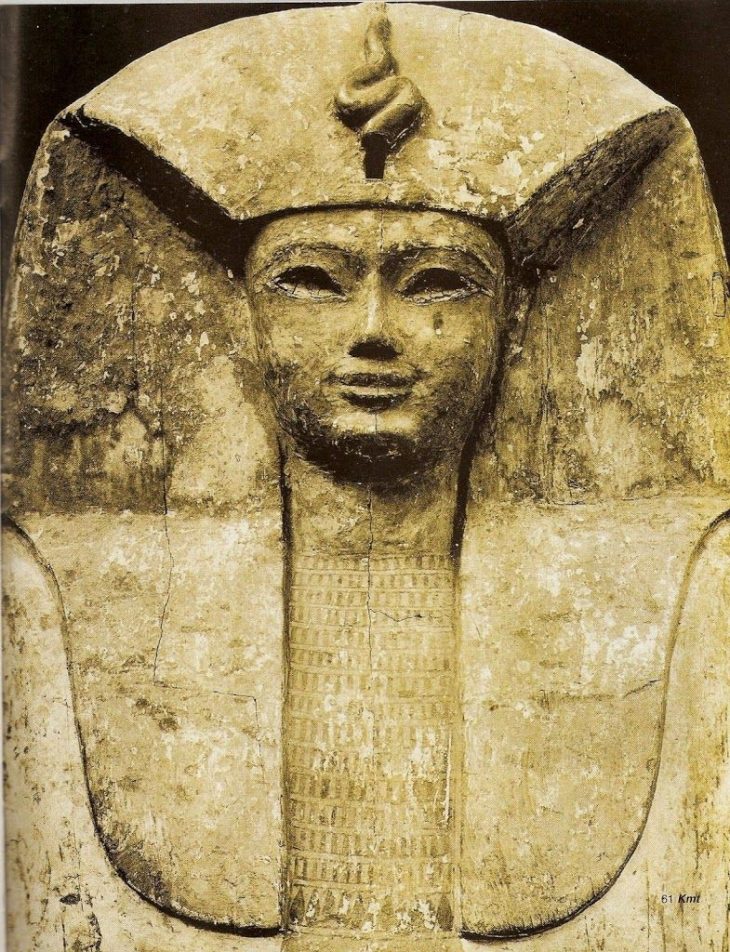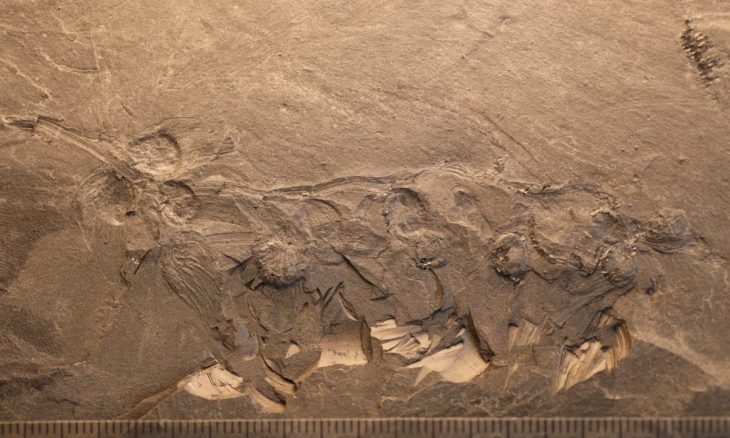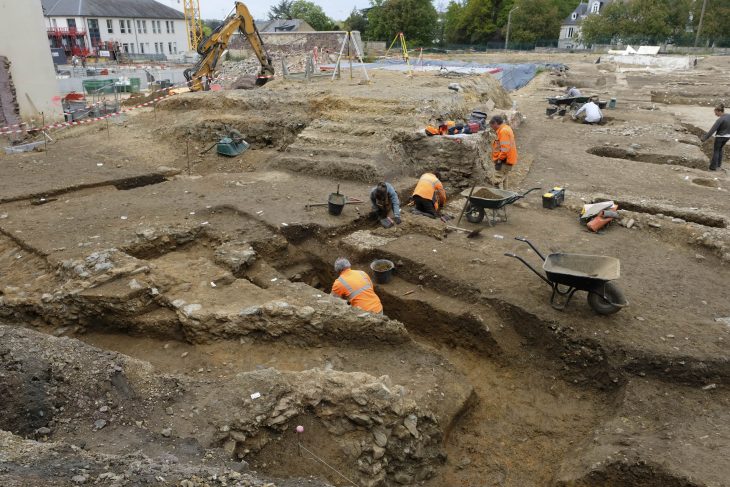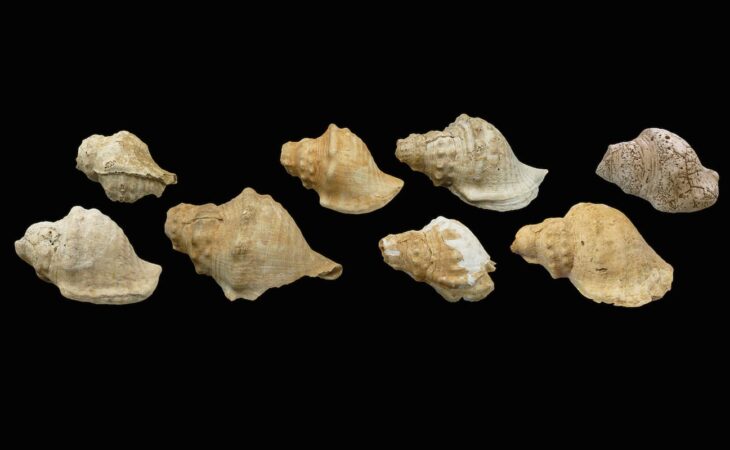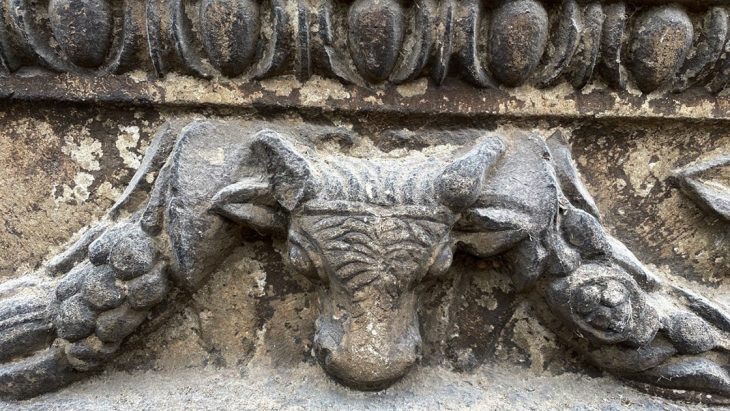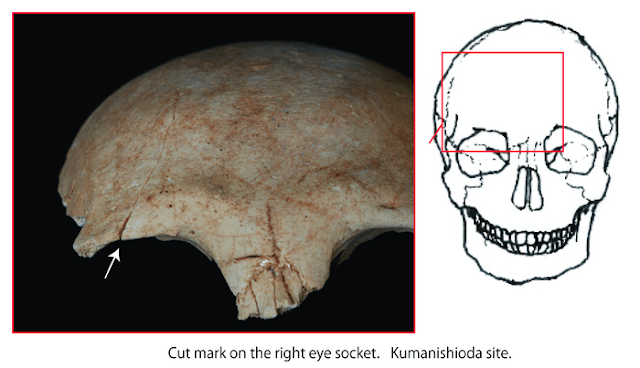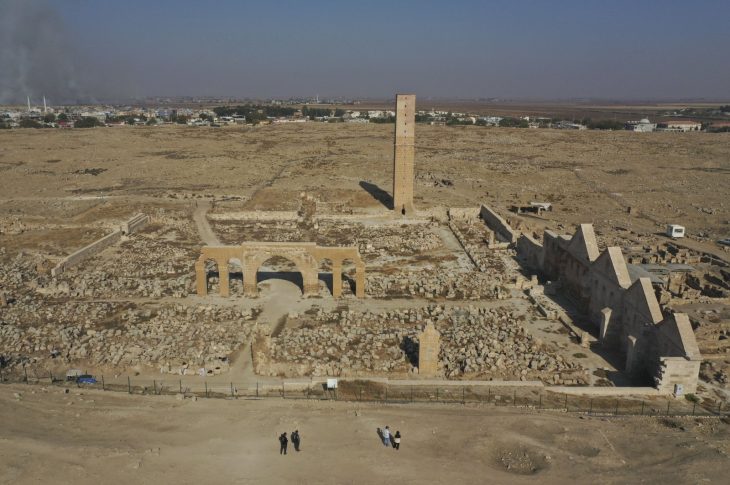During recent excavations by the State Office for Monument Preservation (LAD) in the Stuttgart Regional Council and the Association for the Promotion of the Roman Open-Air Museum Hechingen-Stein e.V. (Zollernalb District) on the grounds of the open-air museum, an extraordinary Roman votive monument was discovered.
With more than 100 pieces portraying Roman gods and mythological scenes, this astounding discovery deepens our knowledge of the area’s ancient Roman religious customs. This archaeological treasure was publicly revealed on October 24, 2024.
According to archaeologist Dr. Klaus Kortüm of the Landesamt für Denkmalpflege (State Office for Monument Preservation) in Stuttgart, the original monument was composed of several stacked stone blocks, each decorated on all sides with reliefs illustrating deities and mythical characters from the Roman period.
“The blocks are decorated with reliefs on all sides, showing ancient gods and figures from the associated legends. The monument was broken up into large and small individual pieces and scattered in post-Roman times. Only parts of the figures can be recognized on them, which can often only be named based on better-preserved parallels,” said Kortüm.
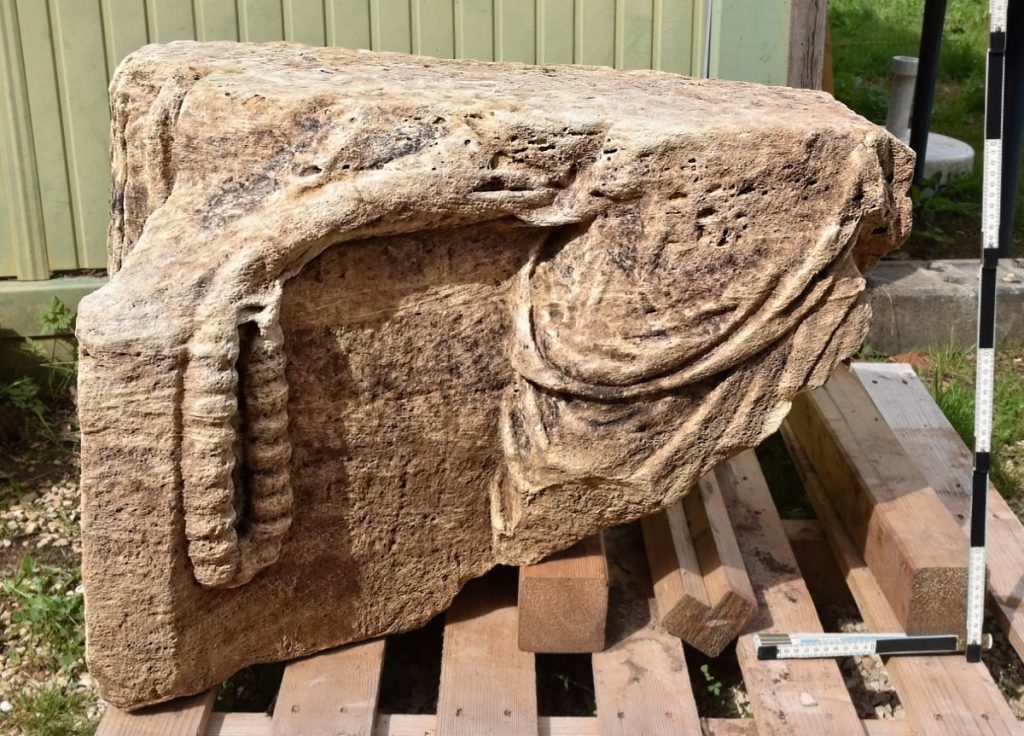
Only a small portion of the original pieces have been recovered thus far, making reconstruction of this Roman monument extremely difficult. Archaeologists have chosen to use scaled-down 3D-printed replicas in order to restore it to its full and correct form, enabling them to put together a model that is true to the original structure.
📣 Our WhatsApp channel is now LIVE! Stay up-to-date with the latest news and updates, just click here to follow us on WhatsApp and never miss a thing!!
The plan is to permanently exhibit the originals together with the finished model in the open-air museum, said Kortüm.
According to the archaeologists, comparable pillars of the gods have rarely been found in the Roman border provinces on the Rhine and Danube. According to initial findings, the Hechingen specimen must have been quite large compared. But who might the high-ranking owner have been? Who consecrated it and what was the occasion? The monument’s discovery throws a significant light on the large Roman villa complex of Hechingen-Stein, which has not yet revealed all its secrets.
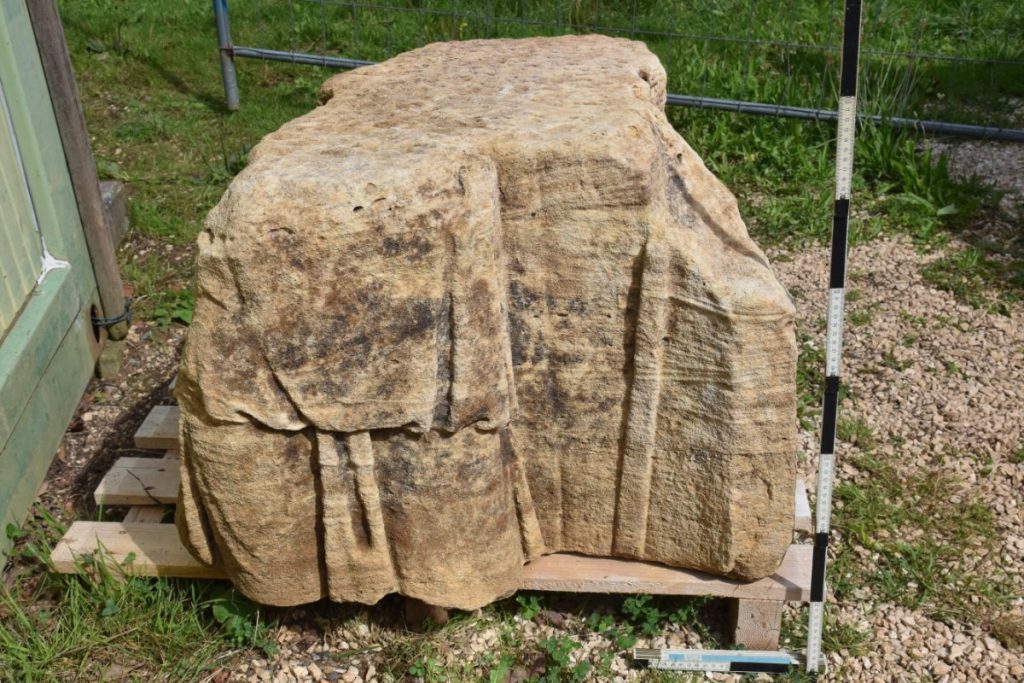
The main building of the Roman estate from the 2nd and 3rd centuries AD was excavated between 1978 and 1981 by the then Tübingen branch of the Monuments Office. The open-air museum was established the following year and has been continually expanded ever since. New excavations have been carried out almost every year since 1992 in cooperation between the local association responsible for the museum and the state office. Today, the entire complex of a Roman estate, including the farm buildings and the surrounding wall, can be experienced by interested visitors.
State Office for Monument Preservation in the Stuttgart Regional Council
Cover Image Credit: Fragments of the monument to the gods at Hechingen-Stein: heads and inscription. Photo: LDA in the RPS, K. Kortüm

